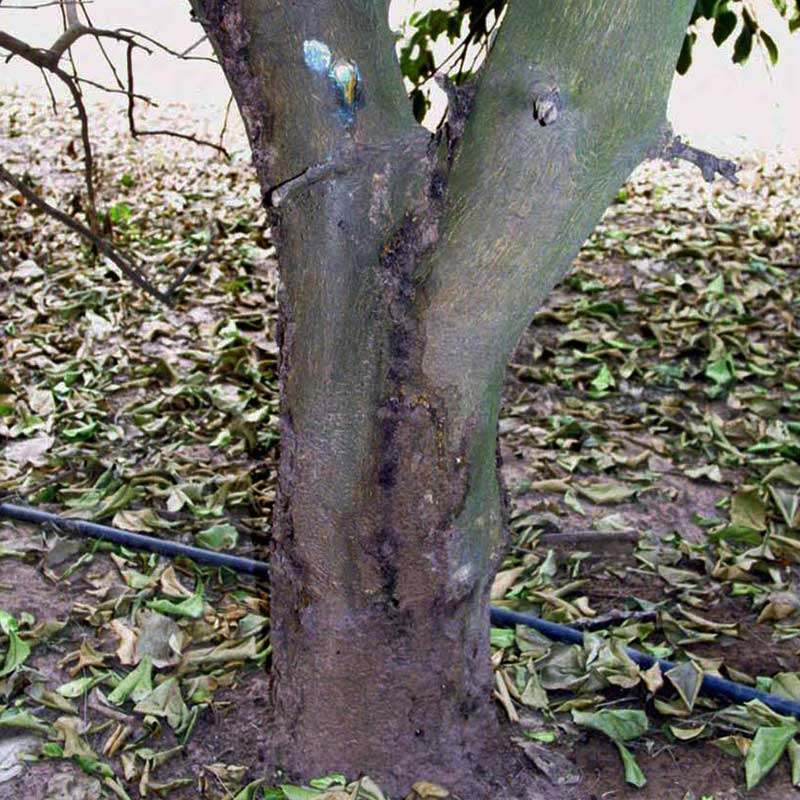1) Punjab Baramasi:
2) Eureka:
3) Punjab Galgal:
1) Rasraj :
2) Lisbon lemon:
3) Lucknow seedless: Fruits are of medium size with yellow color.
4) Pant Lemon:
Soil –
Climate –
Propagation
Plants are propagated by budding or air layering.
Time of sowing
The best season for planting is July-August.
Seed Rate
Minimum plant density of 208/acre should be maintained.
Spacing
Sowing Depth
Pits of size 60×60×60cm should be dug for planting seedlings.
Fertilizer requirement
| Age of crop (Year) | Well decomposed cow dung (kg/tree) | Urea (gm/tree) |
| First to three year | 5-20 | 100-300 |
| Seven to Nine | 25-50 | 400-500 |
| Four to Six | 60-90 | 600-800 |
| Ten and above | 100 | 800-1600 |
Nutrient requirement
1.Nitrogen
|
| Deficiency Symptoms |
|
| Correction Measure |
Foliar spray urea 2% at 15 days interval |
2.Potassium
|
| Deficiency Symptoms |
|
| Correction Measure |
|
3.Boron
|
| Deficiency Symptoms |
|
| Correction Measure |
Foliar spray of borax@0.5% |
4.Copper
|
| Deficiency Symptoms |
|
| Correction Measure |
Foliar spray of CuSO4 each 0.5% at fortnightly interval. |
5.Iron
|
| Deficiency Symptoms |
|
| Correction Measure |
Foliar spray of FeSO4 @ 0.5% twice at fortnight interval. |
6.Manganese
|
| Deficiency Symptoms |
|
| Correction Measure |
Foliar spray of 0.5% MnSO4 at fortnightly interval |
7.Zinc
|
| Deficiency Symptoms |
|
| Correction Measure |
Foliar spray 2% ZnSO4 with 1% lime at fortnightly interval |
1)Citrus Psylla :
Symptoms-
Management-
2) Leaf miner :
Symptoms–
Management-
3) Scale Insects :
Symptoms-
Management-
4) Aphids & Mealy Bugs:
Symptoms–
Management-
Synthetic Pyrethroids or pest oil can be used to control aphids and bugs.
1.Citrus Canker:
Symptoms
Management-
2) Gummosis :
Symptoms-
Management-
3) Powdery mildew :
Symptoms-
Management-
4) Black Spot :
Symptoms-
Management-
5) Lemon Scab :

Symptoms-
Management-
6) Collar Rot :

Symptoms-
Management–
